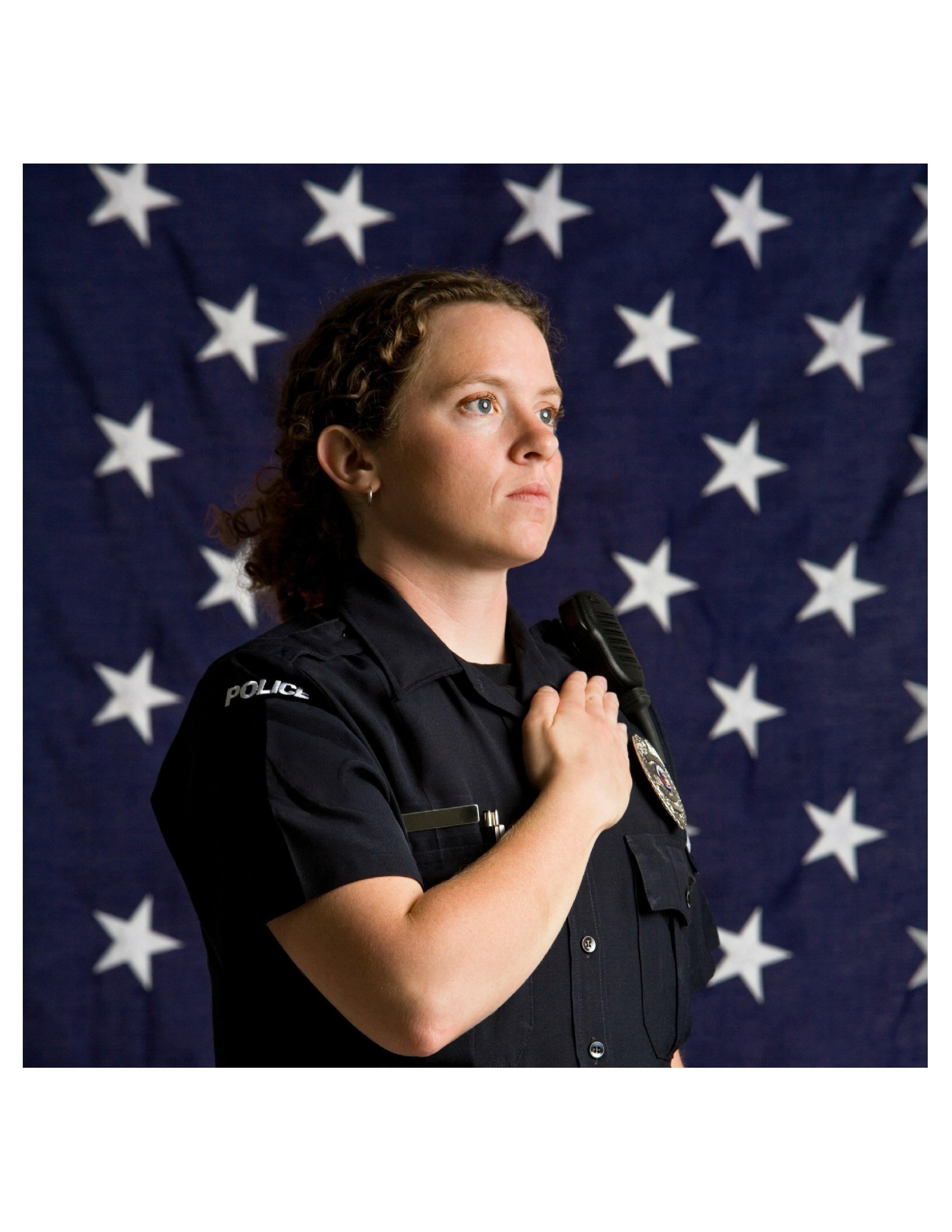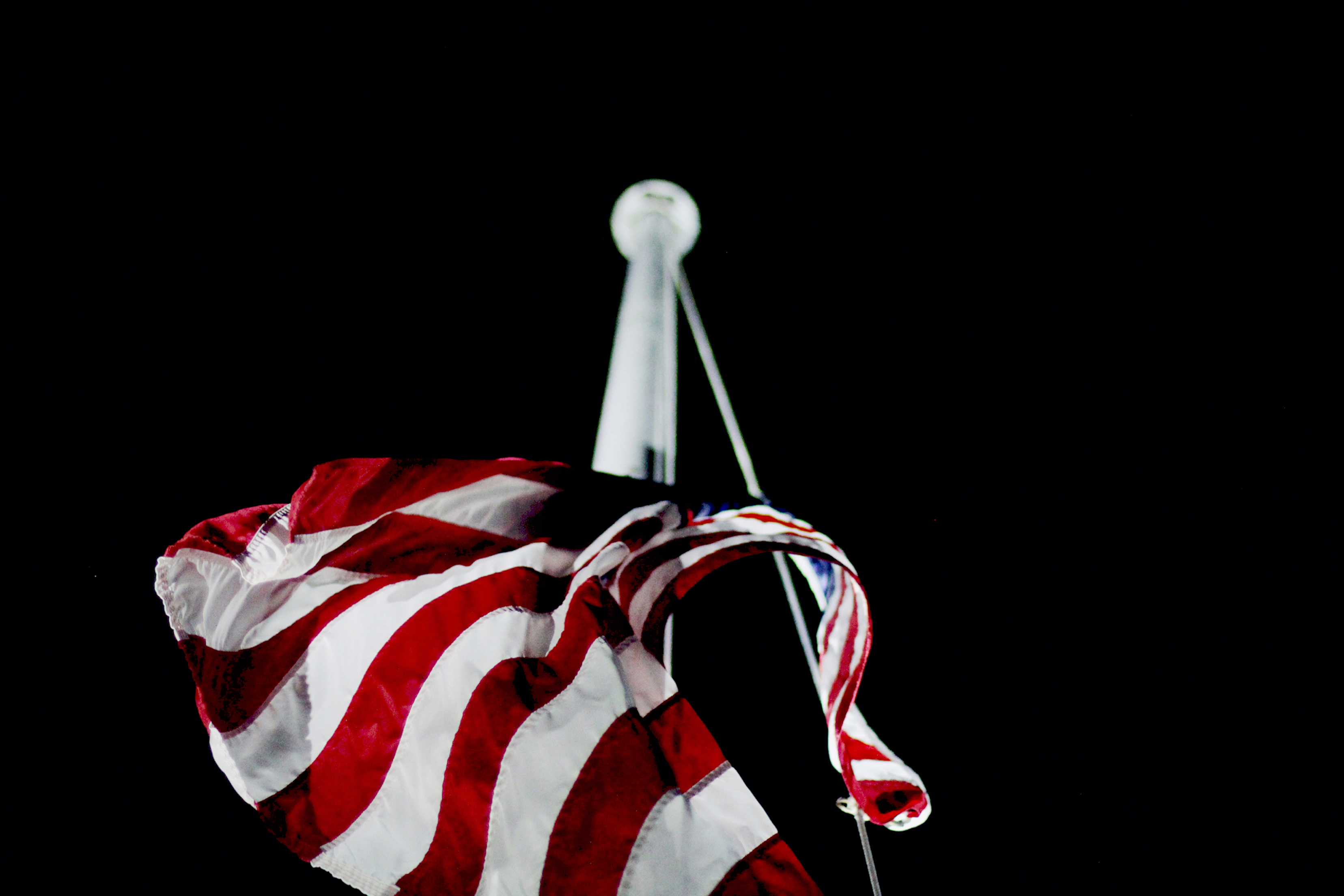
Teachers and students across the United States begin their school day by placing their hands over their hearts and reciting the words of the Pledge of Allegiance. But do students really understand what the words mean? Why do so many children accidentally Google “the words to the pledge of alligence”? This guide explains the official wording, the history, and how to teach it meaningfully in K–6 classrooms.
Pledge of Allegiance FAQ
What are the words to the Pledge of Allegiance?
“I pledge allegiance to the Flag of the United States of America, and to the Republic for which it stands, one Nation under God, indivisible, with liberty and justice for all.”
Where can I get a printable Pledge of Allegiance?
Use the download buttons at the top of this page for black-and-white or full-color classroom printables.
How many words are in the Pledge?
The modern version contains 31 words.
What was the original version?
The 1892 Bellamy version read: “I pledge allegiance to my Flag and the Republic for which it stands, one nation, indivisible, with liberty and justice for all.” “Under God” was added in 1954.
Why do schools recite the Pledge?
Schools use it to promote unity, respect for the flag, and shared citizenship values.

7 Important Facts About the Pledge of Allegiance Words
- What it means to pledge allegiance to the flag
- Who wrote the Pledge of Allegiance
- The original text
- How the American flag is folded
- What half-mast / half-staff means
- Who decides when flags fly at half-staff
- Other national days flags are lowered
How Schools Teach the Pledge of Allegiance (Education FAQ)
How do schools introduce the Pledge to K–6?
Teachers break the Pledge into short phrases, explain key vocabulary, and pair it with simple visuals or stories.
How do teachers make the Pledge meaningful?
Teachers connect it to respect, responsibility, community, and character-education themes.
Do schools teach the history of the Pledge?
Yes — many teach when it was written, what changed over time, and why the tradition continues.
Do you offer patriotic assemblies related to the Pledge?
Yes! Our Spirit of America assembly brings U.S. history and traditions to life through music, storytelling, and participation.


Video: Learn the Pledge




Revive Your Students’ Sense of Patriotism
Patriotic music once filled every elementary school classroom. Today, many students rarely experience it. Our Spirit of America assembly brings back those cherished traditions through music, history, storytelling, and full-school participation.
*This post has been updated for content and freshness.


